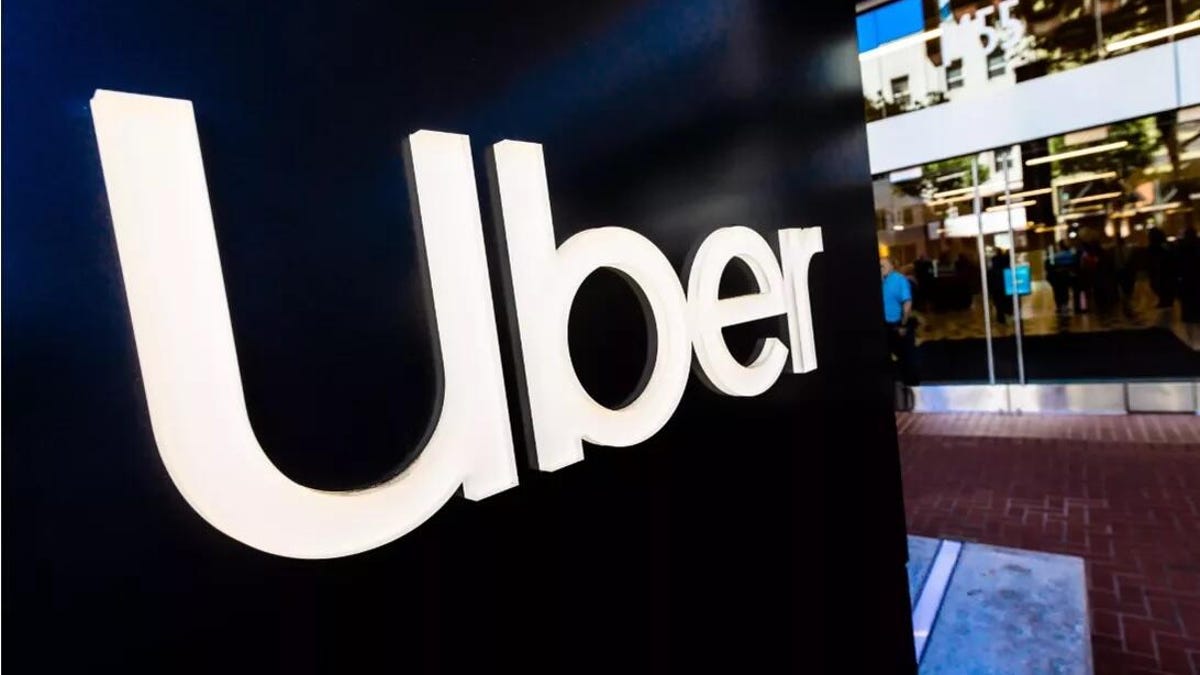JetBlue Partners with Amazon's Project Kuiper for Inflight Connectivity
JetBlue Airways has become the first airline to sign on with Project Kuiper, Amazon's low Earth orbit satellite network, as announced recently. This partnership aims to deliver higher speeds and lower latency compared to traditional geostationary satellites, enabling seamless streaming, video conferencing, and other demanding applications even at cruising altitude.
Enhancing Customer Experience with Free Wi-Fi
Marty St. George, JetBlue's president, described this as an "exciting leap forward" for inflight connectivity, reinforcing the airline's commitment to offering free internet for every passenger. JetBlue's Fly-Fi service, launched in 2013, has been a key differentiator as the only free high-speed Wi-Fi across an entire fleet in the U.S.
Implementation Timeline and Details
Amazon has over 100 Kuiper satellites in orbit and has completed four rocket launches. Commercial service is set to begin in late 2025 or early 2026, with JetBlue starting to outfit aircraft with the broadband system in 2027. Installation schedules, specific aircraft types, and routes will be announced closer to the launch date, with initial reports suggesting around 25% of JetBlue's aircraft will be equipped in the first phase.
Multi-Orbit Strategy for Reliability
JetBlue emphasized that its existing deal with Viasat for geostationary satellite-based Wi-Fi will continue. The airline is adopting a multi-orbit approach, leveraging both GEO and LEO satellites to ensure stronger coverage and reliability, rather than replacing one system with the other.
Competitive Edge in the Airline Industry
This move distinguishes JetBlue from competitors like United Airlines and Hawaiian Airlines, which have partnered with SpaceX's Starlink network. By choosing Amazon's Project Kuiper, JetBlue is pioneering this technology in the industry.
Broader Applications of Project Kuiper
Amazon's ambitions for Kuiper extend beyond inflight entertainment. The service is designed to reach a wide range of customers on the ground, including residential households, schools, hospitals, businesses, and emergency services, while also improving connectivity for planes, ships, and other vehicles beyond traditional networks.








Comments
Join Our Community
Sign up to share your thoughts, engage with others, and become part of our growing community.
No comments yet
Be the first to share your thoughts and start the conversation!